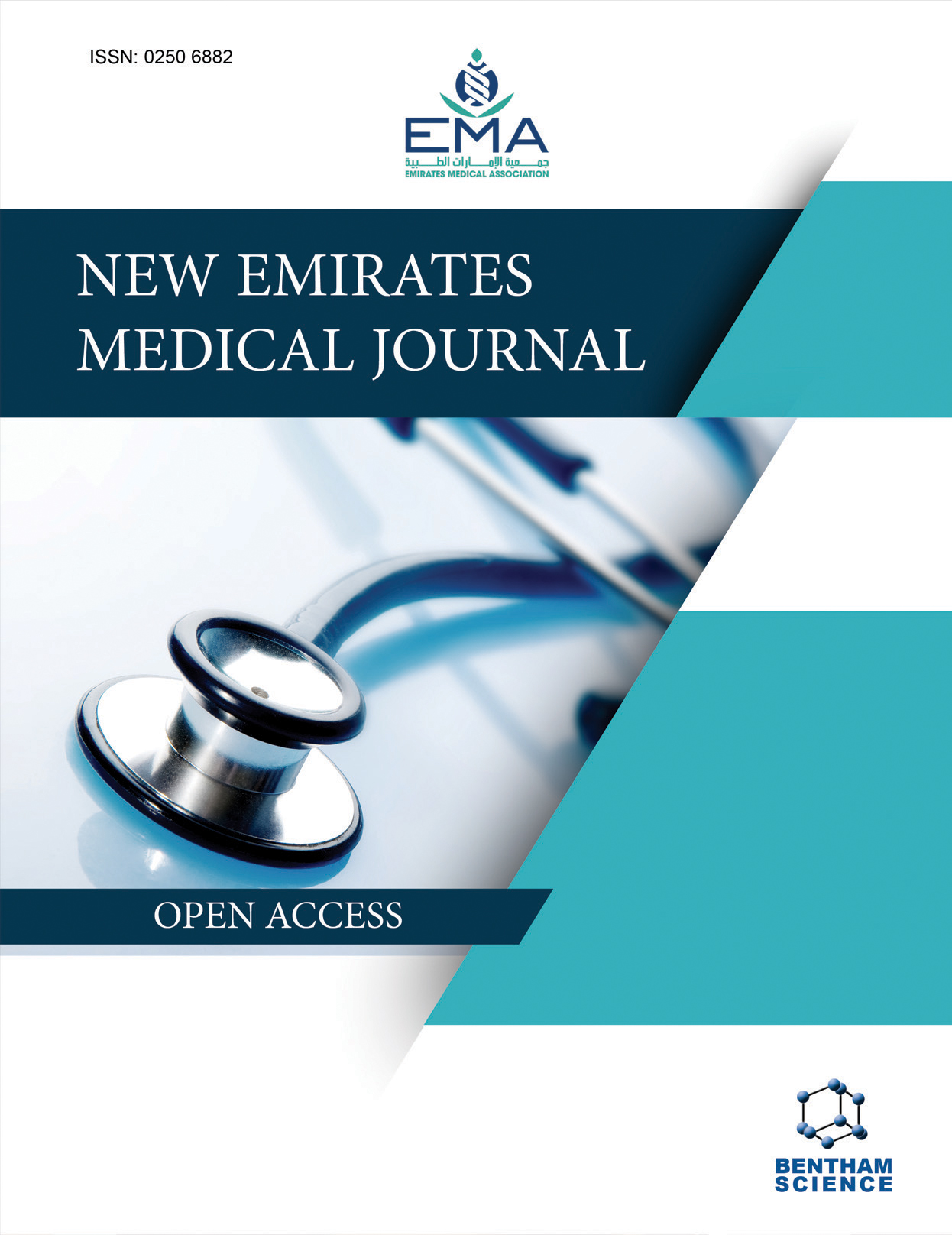-
oa Dietary Risk Factors of Nasopharyngeal Carcinoma: A Case-Control Study in Western Algeria
- Source: New Emirates Medical Journal, Volume 5, Issue 1, Jan 2024, E02506882329689
-
- 10 Jun 2024
- 11 Oct 2024
- 01 Jan 2024
Abstract
Nasopharyngeal carcinoma (NPC) is a prevalent cancer in Algeria, where it ranks as the most common cancer of the aerodigestive tract in men, with an incidence rate of 5.1 cases per 100,000 persons per year. The etiology of NPC is multifactorial. Thus, this research aims to identify specific dietary risk factors prevalent in the western Algerian region.
We conducted a case-control study comprising 120 incident cases of histologically confirmed nasopharyngeal carcinoma, carefully matched with 120 controls.
Nasopharyngeal cancer, more common in males (average age 45.2 ± 2.5 years), is linked to consuming traditionally preserved foods (khlii, salted fats, boiled milk, processed meats), elevating NPC risk. Significant associations include hot chili peppers, citrus fruits, and dried vegetables, while increased fruit and coffee intake reduces risk. High-temperature cooking and fried food show a strong link. Multivariate analysis identifies hot chilli, citrus fruits, fresh fruits, and coffee as the key factors significantly associated with NPC.
This research provides essential insights for implementing primary prevention measures to combat nasopharyngeal carcinoma effectively. By identifying specific dietary risk factors prevalent in the western Algerian region, healthcare authorities can focus on targeted interventions to reduce the burden of NPC in this population.


